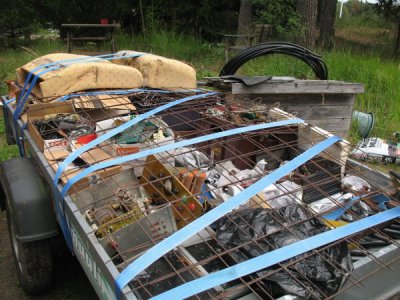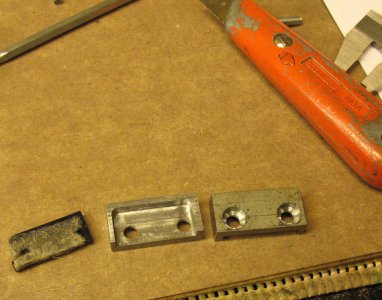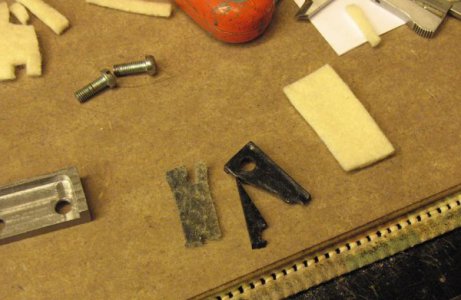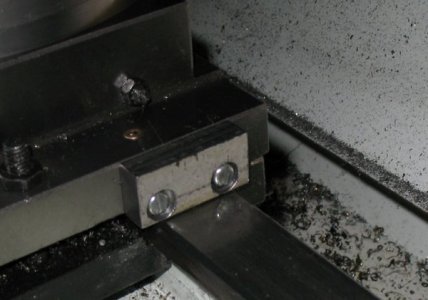- Joined
- Jun 15, 2018
- Messages
- 295
I have been learning to use the milling attachment in my lathe. It actually works but it has some serious limitations.
The rigidity is no more a problem. The setup is actually very stable and there was no vibrations around. Having a VFD helps to set the correct speed. As I do not have a power feed for cross-slide I feeded by hand. Actually there is a nice feedback available and after a while I realized that one should apply constant pressure rather than constant speed.
Cross slide backslash is a problem. The backslash, however small, will snap the mill and/or spoil the work. Climb-milling is definitely NOT the way to go. So with this milling setup one has to be aware of cutting directions and never gamble with backslash. One end-mill later I now know how easy it is to snap an carbide end-mill.
Today I made some space in my workshop. A lot of electronics junk had to go. These have been sitting in my workshop the last 20 years and I assume they would continue to do that the next 20 years. Created some hassle in the recycle station today ...

My first real milling item was a replacement for way-wiper covers. The original way cover was made of some very brittle plastic. The new ones are made of some mystery metal from my junk-metal-pile. The material is NOT aluminum. Tomorrow I make the covers for the other side. These have an interesting slot for the way.



The rigidity is no more a problem. The setup is actually very stable and there was no vibrations around. Having a VFD helps to set the correct speed. As I do not have a power feed for cross-slide I feeded by hand. Actually there is a nice feedback available and after a while I realized that one should apply constant pressure rather than constant speed.
Cross slide backslash is a problem. The backslash, however small, will snap the mill and/or spoil the work. Climb-milling is definitely NOT the way to go. So with this milling setup one has to be aware of cutting directions and never gamble with backslash. One end-mill later I now know how easy it is to snap an carbide end-mill.
Today I made some space in my workshop. A lot of electronics junk had to go. These have been sitting in my workshop the last 20 years and I assume they would continue to do that the next 20 years. Created some hassle in the recycle station today ...

My first real milling item was a replacement for way-wiper covers. The original way cover was made of some very brittle plastic. The new ones are made of some mystery metal from my junk-metal-pile. The material is NOT aluminum. Tomorrow I make the covers for the other side. These have an interesting slot for the way.



